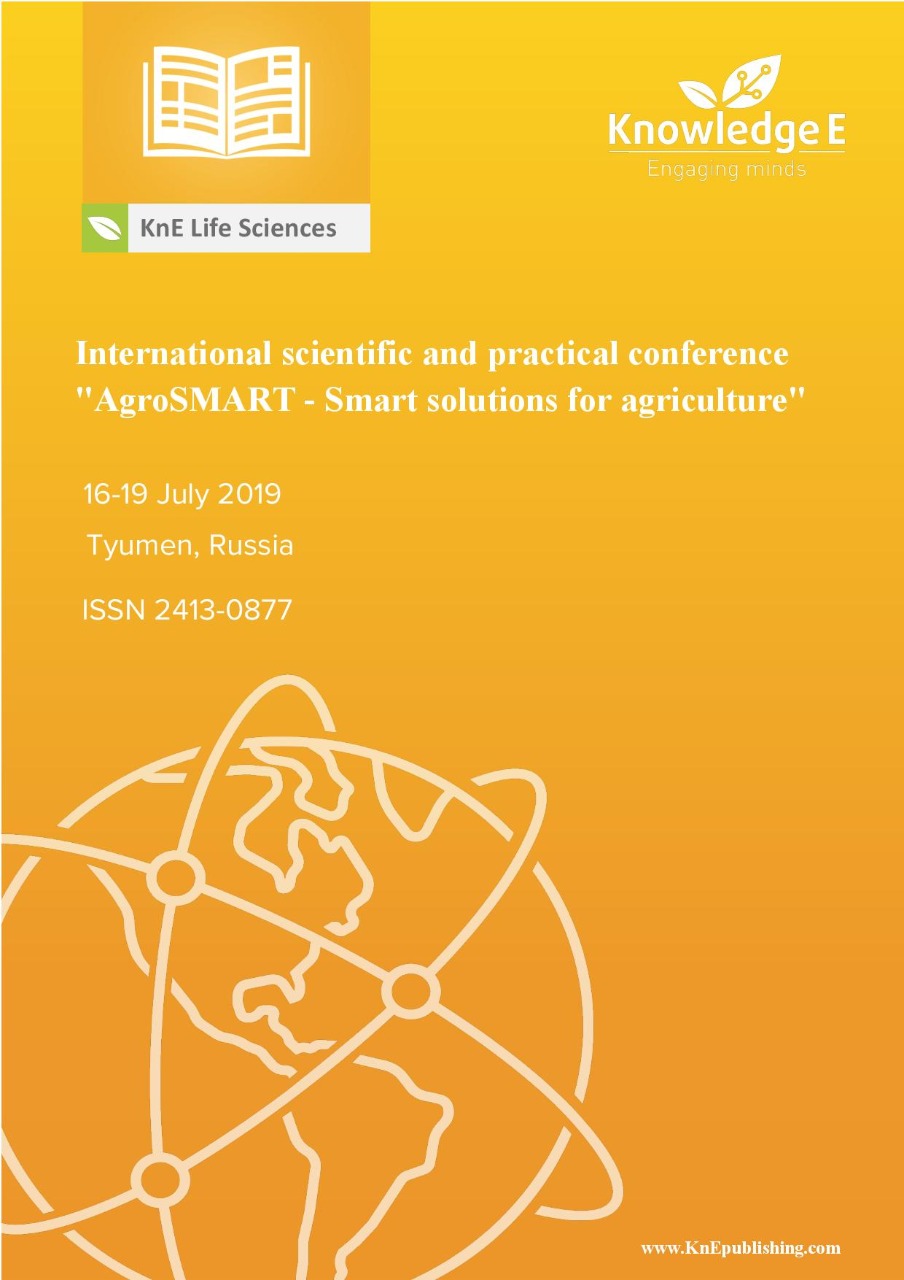Principles and Criteria of Phytocenotic Diversity Conservation (Through the Example of European Countries and Russia)
DOI:
https://doi.org/10.18502/kls.v4i14.5702Abstract
The article presents the review of currently existing views on the problem of phytocoenotic diversity protection in European countries and Russia. The principles and criteria for the identification of rare plant communities in need of protection, used by scientists from different countries are described. The authors had defined already published works of a monographic nature and projects, containing the information on the phytocenotic diversity of Europe in need of protection, and Green Books, published in the Russian Federation. Special attention is paid to the determination process of plant communities. It is noted that nowadays there is no single concept for the creation of Green Books. The phytocenosis protection inventories created in European countries that have a legislative basis, the Russian Green Books include vegetation monitoring data and have no legal basis.
References
Cardinale, B.J., Duffy, J.E., Gonzalez, A. et al. ( June 2012). Biodiversity loss and its impact on humanity. Nature, vol. 486, pp. 59–67.
Rennwald, E. (2000). Verzeichnis, Rote Liste der Pflanzengesellschaften Deutschlands. Bonn: Schriftreihe für Vegetationskunde, H. 35, 810 p.
Moravec, J., Balátová-Tuláčková, E., Hadač, E. et al. (1983). Rostlinná společenstva České socialistické republiky a jejich ohrožení, vol. 1. Příl: Severočeskou Přír, 110 p.
Green Book of the Ukrainian SSR: rare, endangered and typical plant communities in need of protection. (1987). Kiev: Naukova Dumka, 214 p.
Paal, J. (1998). Rare and threatened plant communities of Estonia. Biodiversity and Conservation, vol. 7, pp. 1027–1049.
Wittmann, H., Strobl, W. (1990). Gefährdete Biotypen und Pflanzengesellschaften in Salzburg -- Ein erster Überblick. Naturschutzbeiträge, H. 9, pp. 1–81.
Steiger, P., Mitwirk, u., Carraro, von G., Frey, H.-U., Frick, A. (1998). Wälder der Schweiz. Von Lindegrün zu Lärchengold. Vielfalt der Waldbilder und waldgesellschaften in der Schweiz, 3rd ed. Thun: Ott Verlag, 361 p.
Siberian Green Book: rare and plant communities in need of protection. (1996). Novosibirsk: Nauka, 396 p. [9] Green Book of Ukraine. (2009). Kyiv, 448 p.
Martynenko, V.B., Mirkin, B.M. (2003). On formal and informal assessments of floristic diversity (on the example of the pine forests of the Southern Urals). Ecology, vol. 5.
The Green Book of the Samara Region: rare and protected plant communities. (2006). Samara: SamSC of RAS, 201 p.
Green Book of the Bryansk Region (plant communities in need of protection). (2012). Bryansk: State Unitary Enterprise Bryansk. region polygons Association, 144 p.
Green Book of the Saratov Region: plant communities in need of protection. (2018). Saratov: Amirit, 133 p.
Stoyko, S.M. (1983). Ecological bases of protection of rare, unique and typical plant communities. Botanical Journal, vol. 68(11), pp. 1574–1583.
European Security Strategy -- A Safe Europe in a Better World. Luxembourg: Office for Official Publications of the European Communities, 2009, 43 p.
Key Botanical Territories of Northern Eurasia: collection of articles, no. 1. Moscow: Publishing House of the World Conservation Union (IUCN) for Russia and CIS countries, 2004, 75 p.
Gubbay, S. et al. (2016). European Red List of Habitats, Part 1. Marine habitats. Luxembourg: Publications Office of the European Union, 52 p. DOI: 10.2779/032638.
Janssen, J.A.M. et al. (2016). European Red List of Habitats, Part 2. Terrestrial and freshwater habitats. Luxembourg: Publications Office of the European Union, 44 p. DOI: 10.2779/091372.
Solomeshch, A., Mirkin, B., Ermakov, N. et al. (1997). Red data book of plant communities in the former USSR. Birmingham: Templar Print & Design Ltd., 70 p.
IUCN red List Categories. (1994). Prepared by the IUCN Species Survival Commission. As approved by the 40th Meeting of the IUCN Council Switzerland, 30 November 1994). Gland| Published by IUCN, pp. 1–21.
Glazunov, V.A. (2003). Principles of allocation and categories of rare species and plant communities in the contact zones of biogeographic zones (for example, the territory of the forest-steppe south of the Tyumen region). Advances in modern science, vol. 11, pp. 139–140.

